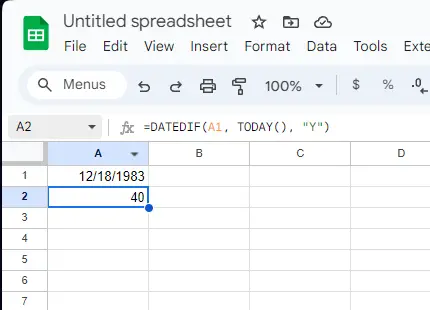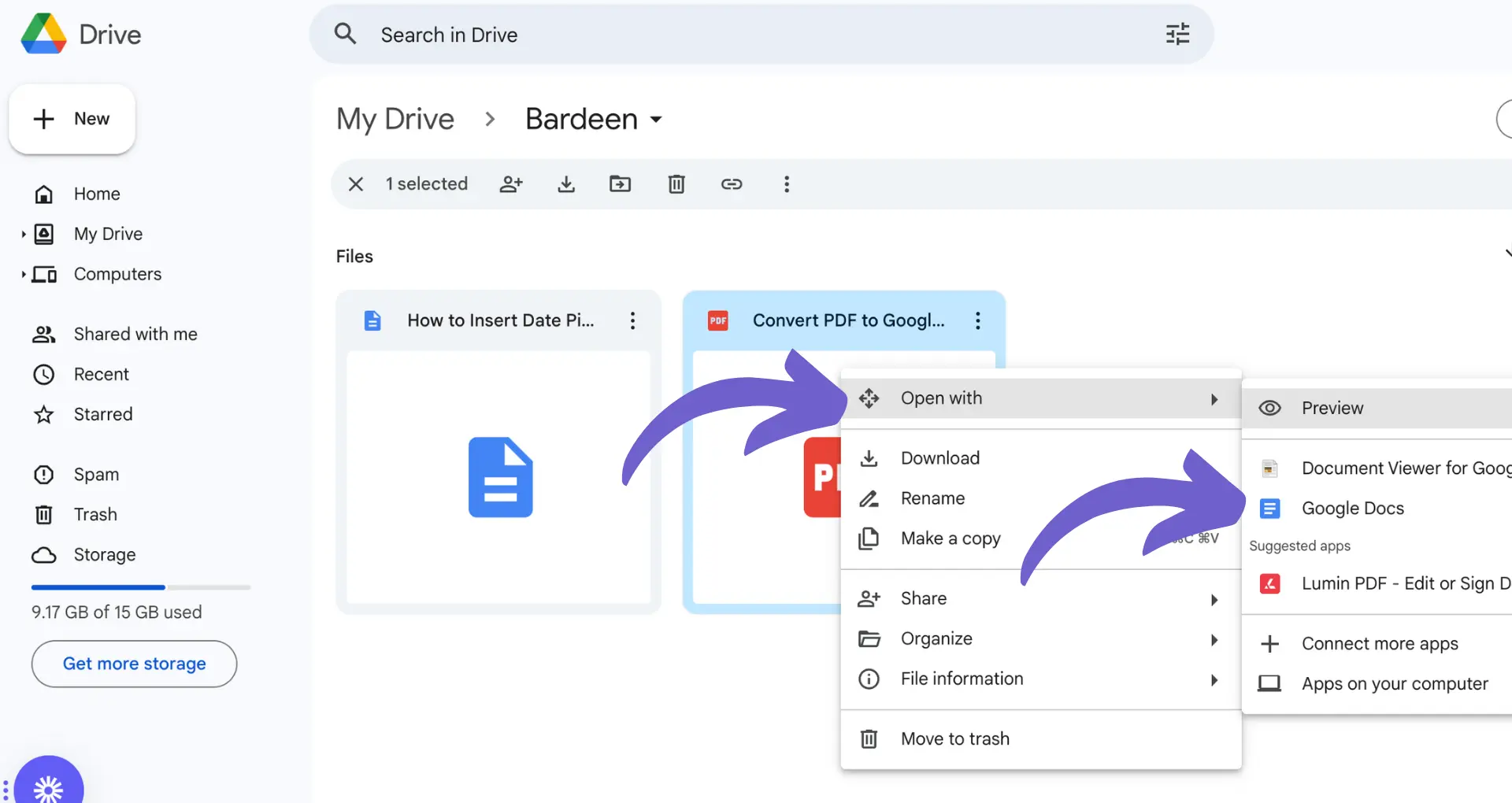Adding contacts in Salesforce is a fundamental task for effective customer relationship management (CRM). In this step-by-step guide, we'll walk you through the process of adding contacts in Salesforce, from understanding the interface to exploring automation tools. Whether you're a beginner or looking to improve your contact management skills, this guide will provide you with the knowledge and best practices to efficiently manage your contacts in Salesforce.
Understanding the Salesforce Interface for Contact Management
Salesforce is a powerful customer relationship management (CRM) platform that helps businesses manage their contacts, leads, and customer data. To effectively use Salesforce for contact management, it's essential to understand the platform's interface and navigation.
Here's how to navigate to the Contacts section in Salesforce:
- Log in to your Salesforce account
- Click on the App Launcher icon (9 dots) in the top left corner of the screen
- Search for and click on the "Contacts" app
- You'll be directed to the Contacts home page, where you can view, create, and manage contacts
The Contacts home page displays a list of your contacts, along with key information such as their name, email, phone number, and account. From here, you can easily search for specific contacts, create new ones, and access additional features like building a prospect list and managing contact roles.
How to Manually Add a Single Contact in Salesforce
Adding a new contact in Salesforce is a straightforward process. Follow these steps to manually create a contact:
- From the Contacts home page, click on the "New" button
- Fill in the required fields marked with a red asterisk, such as Last Name, Account Name, and Email
- Optionally, provide additional information in fields like First Name, Phone, Title, and Mailing Address to create a more complete contact record
- Click "Save" to create the new contact
When adding contacts, it's crucial to ensure data accuracy and completeness. Accurate contact information helps you maintain effective communication with your customers and prospects. Complete contact records also enable you to segment your contacts based on various criteria, personalize your interactions, and gain valuable insights.
To maintain data quality, consider implementing data validation rules, such as requiring a valid email format or phone number. Encourage your team to fill in as many relevant fields as possible when creating new contacts, as this information can be valuable for future marketing, sales, and support activities.
To save time on repetitive tasks like adding contacts, use Bardeen's tool to extract contact info from LinkedIn and automate the process. This helps focus on important work and improves data accuracy.
Importing Multiple Contacts to Salesforce Efficiently
When you need to add a large number of contacts to Salesforce, manually creating each one is time-consuming and inefficient. Fortunately, Salesforce offers the Data Import Wizard, a powerful tool for bulk contact uploads.
To use the Data Import Wizard, follow these steps:
- Prepare your contact data in a supported file format, such as CSV, TSV, or TXT
- Ensure your data is clean and consistent, with each column header matching the corresponding Salesforce field name
- Navigate to the Data Import Wizard in Salesforce Setup
- Select "Contacts" as the object to import and choose your file
- Map the columns in your file to the appropriate Salesforce fields
- Review and start the import process
When preparing your data file, make sure to include all required fields, such as Last Name and Email. You can also include optional fields to provide more detailed information about your contacts.
It's important to ensure your data is clean and consistent before importing. This includes removing duplicates, correcting formatting issues, and standardizing data entries. Clean data helps maintain the integrity of your Salesforce contact database and prevents issues down the line. For more detailed tips on managing sales data, check out sales prospecting automation.
Automating Contact Addition with Salesforce Tools
Salesforce offers several tools that can automate the process of adding contacts, saving you time and effort. One such tool is the Email to Salesforce feature, which allows you to automatically create new contacts from incoming emails.
To set up Email to Salesforce, follow these steps:
- Navigate to Setup and search for "Email to Salesforce"
- Enable the feature and configure the email address for incoming messages
- Create an Email Service and associate it with the Email to Salesforce address
- Define the settings for parsing email data into Salesforce fields
- Test the configuration by sending an email to the designated address
Once configured, any email sent to the Email to Salesforce address will automatically create a new contact record, populated with data from the email.
Automation tools like Email to Salesforce are particularly useful in scenarios where you regularly receive contact information via email, such as:
- Newsletter sign-ups
- Event registrations
- Inquiries from potential customers
By automating the contact addition process, you can ensure that no leads slip through the cracks and that your contact database remains up-to-date without manual intervention. This improves efficiency and allows your team to focus on more valuable tasks, like engaging with prospects and closing deals using sales prospecting tools.
Bardeen can help you automate sales prospecting. Save time and stay focused on key tasks.
Best Practices for Managing Contacts in Salesforce
To ensure your contact database remains accurate and organized, follow these best practices:
- Standardize data entry by establishing naming conventions and required fields
- Regularly deduplicate your contacts using Salesforce's Duplicate Management tools
- Keep your contacts up-to-date by setting up automated data cleansing processes
- Use Salesforce's data validation rules to maintain data integrity
- Segment your contacts using custom fields, tags, or lists for targeted marketing efforts
One crucial aspect of contact management is identifying and merging duplicate records. Salesforce offers a built-in Duplicate Management feature that can help you:
- Define duplicate rules based on specific criteria
- Automatically alert users when they attempt to create a duplicate record
- Merge duplicate contacts, preserving the most accurate and complete information
To maintain a clean contact database, schedule regular data audits to identify and resolve issues such as:
- Incomplete or inaccurate contact information
- Outdated contacts (e.g., former employees or inactive customers)
- Inconsistent data formatting
By implementing these best practices and conducting regular audits, you can ensure that your contact data remains reliable and actionable, enabling your team to effectively communicate with prospects and customers. For more efficiency, consider using automation tools for enrichment and qualification.






